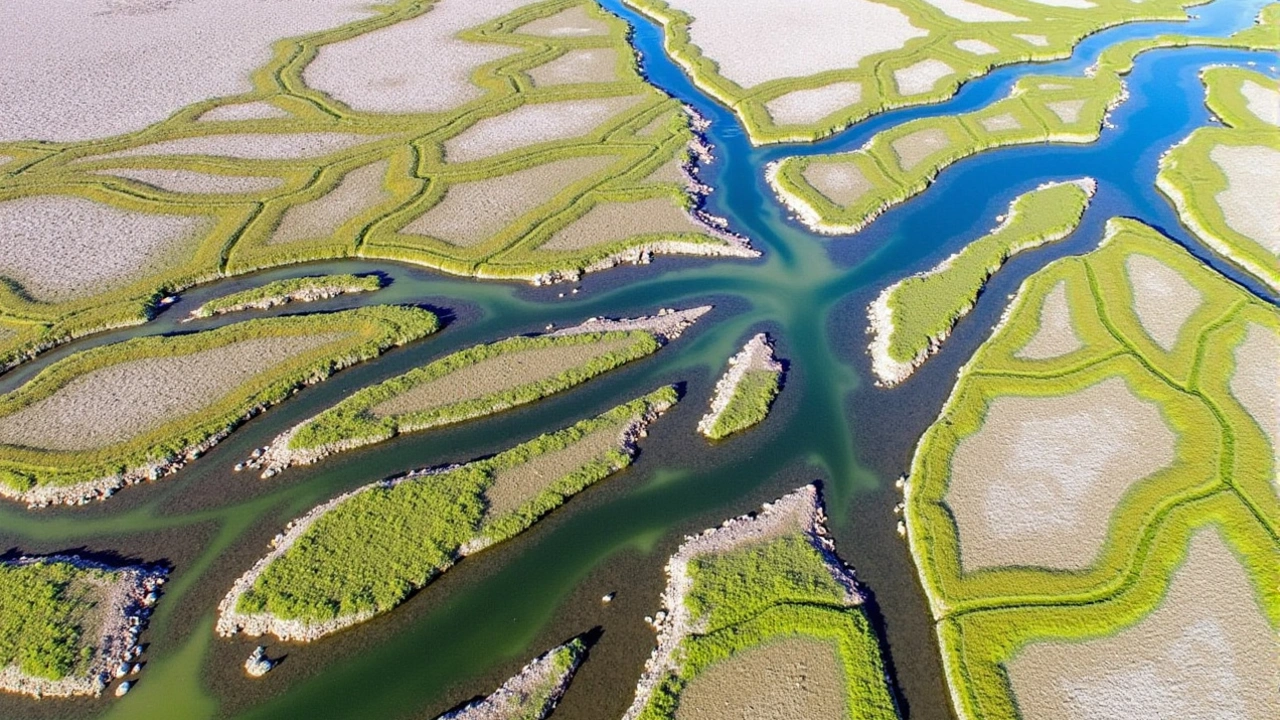Murrumbidgee River – What You Need to Know
The Murrumbidgee River is one of Australia’s biggest inland rivers. It runs through New South Wales and the Australian Capital Territory, eventually joining the Murray River. If you’ve never heard of it, think of a long, winding waterway that supports farming, wildlife and plenty of outdoor fun.
Where the Murrumbidgee Flows
The river starts in the Snowy Mountains, drops down through rugged gorges, and spreads out across the Riverina plain. Towns like Wagga Wagga and Narrandera sit right on its banks, giving locals easy access to water sports and scenic walks. Because it crosses several climate zones, you’ll see snow‑capped peaks up north and golden wheat fields downstream.
Seasonal changes matter a lot here. In summer the flow can slow, making perfect conditions for kayaking or paddle boarding. Winter brings higher water levels, which is great for fishing but means you need to watch safety warnings.
Top Things to Do on the Murrumbidgee
If you love fishing, the Murrumbidgee is a hotspot for Murray cod, golden perch and catfish. Local bait shops in Griffith recommend early morning or late afternoon when fish are most active. For a day out without a rod, try the river’s walking trails – the Murrumbidgee Riverwalk near Wagga Wagga offers easy paths, picnic spots and great bird‑watching chances.
Kayakers rave about the stretch between Tumut and Gundagai. The water is clear enough to see rocks underneath, and you can paddle for a few hours without hitting big rapids. Just remember to wear a life jacket and check the local river gauge before heading out.
Camping enthusiasts will find several campgrounds along the banks. Many are free or low‑cost, with basic facilities like fire pits and toilets. Book ahead during holidays – spots fill up fast.
For culture lovers, the Murrumbidgee has a rich Indigenous history. Guided tours in the Canberra region explain how Aboriginal peoples used the river for travel, food and ceremony. It’s an easy way to add depth to your adventure.
Safety is simple but essential: always wear a personal flotation device, stay hydrated, and let someone know where you’re going. Local councils post real‑time water level updates on their websites; checking these before you travel can save headaches.
Recent news shows the river getting attention for environmental projects. The government’s “Murrumbidgee Restoration Plan” aims to improve water quality by reducing runoff from farms and upgrading irrigation systems. These efforts mean cleaner water for everyone, whether you’re swimming, fishing or just enjoying a riverside view.
In short, the Murrumbidgee River offers something for every traveler – calm waters for families, exciting paddling routes for adventure seekers, and plenty of local flavor for those who want to learn more. Grab your gear, check the forecast, and head down to experience one of Australia’s most versatile rivers.

Dams and Climate Change Threaten Australia's Murrumbidgee River and Ecosystems
Nov 4, 2024, Posted by Ra'eesa Moosa
The Murrumbidgee River in Australia is facing severe water flow reductions due to extensive dam constructions and increased water extraction, causing significant disruption to its ecosystems. Research highlights that this issue will be further exacerbated by climate change, potentially reducing river flows and impacting crucial wetlands and endangered species. While river regulation and overextraction are major contributors, there are actionable steps to mitigate these effects.
MORE